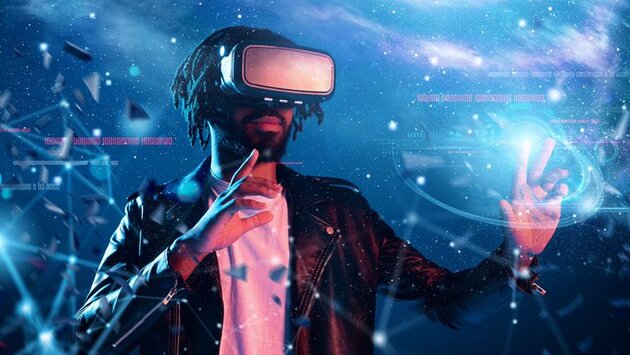

Unveiling MPEG-I brings a breakthrough in how virtual and augmented reality experiences sound. This next-generation immersive audio standard enables 3D spatial audio that reacts naturally as you move, look, or interact within VR and AR environments. Gamers, educators, and creators can now enjoy audio that feels lifelike, dynamic, and fully integrated with visuals. With MPEG-I, the barrier between reality and virtual spaces gets thinner, delivering experiences that truly feel real.
MPEG-I models realistic acoustic environments with features like early reflections, reverberation, occlusion, diffraction, and Doppler effects. It supports six-degrees-of-freedom (6DoF) movement, so sounds adjust accurately as users navigate virtual worlds. Lightweight and efficient, it also enables smooth real-time streaming, making high-quality immersive audio accessible even on consumer devices. This opens new possibilities for gaming, VR concerts, virtual travel, and training simulations.
Creators, developers, and end-users all stand to gain from MPEG-I. Game developers can craft realistic audio landscapes, educators can design more engaging simulations, and VR enthusiasts can experience soundscapes that respond naturally to their actions. By standardizing immersive audio, MPEG-I reduces technical barriers and encourages broader adoption of spatial sound across VR and AR platforms.

𝗦𝗲𝗺𝗮𝘀𝗼𝗰𝗶𝗮𝗹 𝗶𝘀 𝘄𝗵𝗲𝗿𝗲 𝗿𝗲𝗮𝗹 𝗽𝗲𝗼𝗽𝗹𝗲 𝗰𝗼𝗻𝗻𝗲𝗰𝘁, 𝗴𝗿𝗼𝘄, 𝗮𝗻𝗱 𝗯𝗲𝗹𝗼𝗻𝗴. We’re more than just a social platform — from jobs and blogs to events and daily chats, we bring people and ideas together in one simple, meaningful space.

Comments